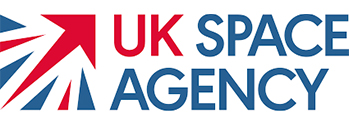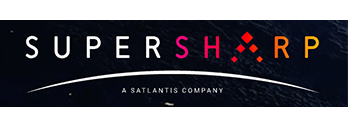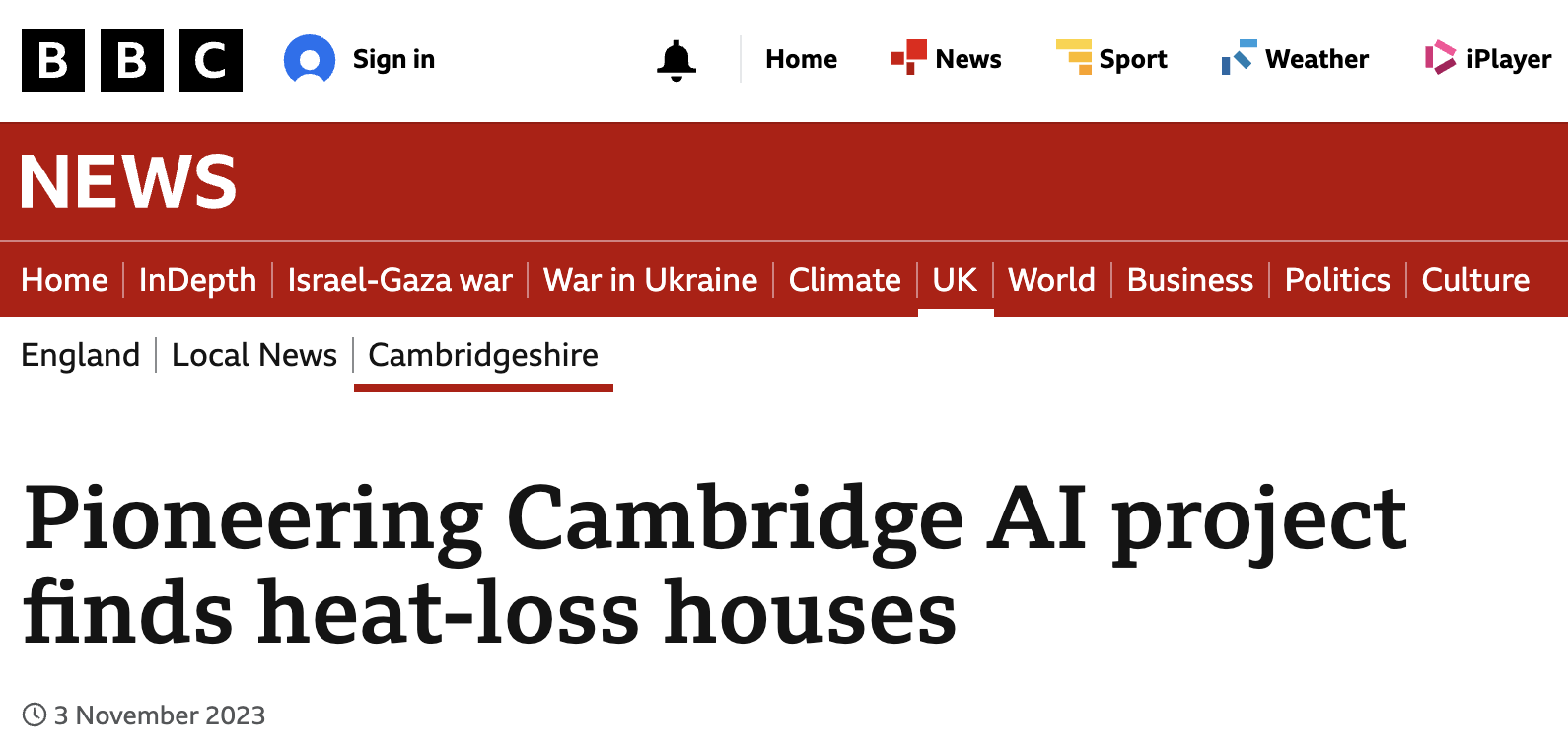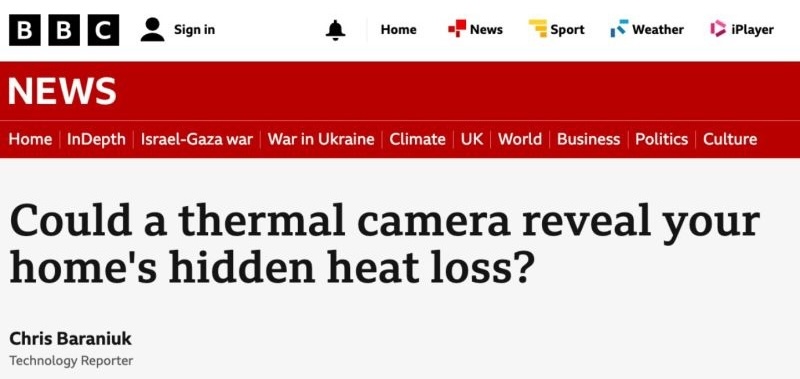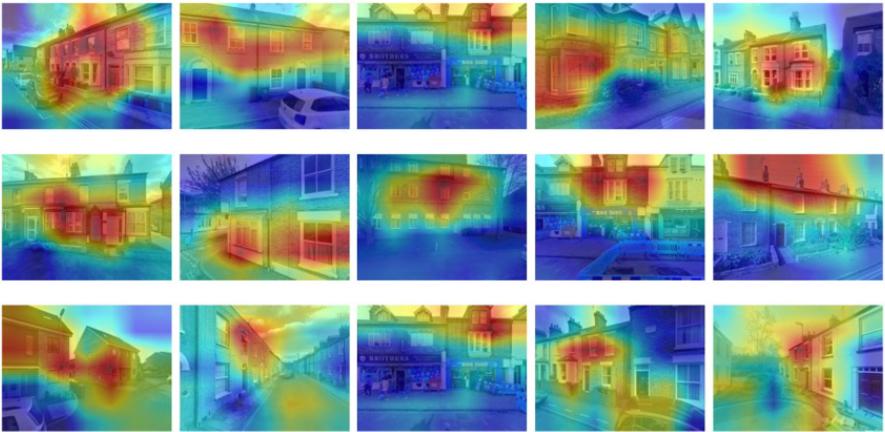
The built environment is a major contributor to global carbon emissions, accounting for nearly 40% of energy-related CO₂ emissions worldwide. This project focuses on developing innovative strategies to decarbonise homes in the UK, supporting Net Zero targets by 2050. By leveraging cutting-edge space technology and advanced AI, we are pioneering data-driven algorithms to:
- Detect heat loss from buildings
- Estimate indoor overheating risks during summer
- Map decarbonisation strategies for homes across England
- Estimate mortgage and credit risks for meeting minimum energy performance in UK homes
Our approach integrates built environment design, urban data science, and deep learning to generate actionable insights for accelerating decarbonisation. By transforming how homes are designed, built, and retrofitted, we aim to create resilient, low-carbon environments that promote sustainable living and address climate change.
Explore our research, case studies, and collaborative initiatives as we drive the transition towards a net-zero future.
Team
| Principal investigator | Dr Ronita Bardhan, University of Cambridge, UK | |
| Researcher Assistant, PhD Researcher |
Maoran Sun | |
| PhD Researcher | Grace Colverd | |
| Project Administrator | Mutsuko Grant |
Publications
-
Sun, M., & Bardhan, R. (2024). Identifying Hard-to-Decarbonize houses from multi-source data in Cambridge, UK. Sustainable Cities and Society, 100, 105015
-
Colverd, G., Bardhan, R., & Cullen, J. (2025). Machine learning methods for domestic energy prediction and retrofit potential for small-neighbourhoods at national scales in England and Wales. Energy and Buildings. Advance online publication. https://doi.org/10.1016/j.enbuild.2025.116388
-
Colverd, G., Bardhan, R., & Cullen, J. (2024, October). Benchmarking Domestic Energy Consumption using High-Resolution Neighbourhood Energy Data and City Clustering in the UK. In Proceedings of the 11th ACM International Conference on Systems for Energy-Efficient Buildings, Cities, and Transportation (pp. 121-131).
-
Colverd, G., Bardhan, R., & Cullen, J. (2024, December). High-Resolution Domestic Energy Modelling for National Energy and Retrofit Planning, NuerIPS 2024
-
Mora H, Bardhan R. (2025). Towards carbon neutrality: mapping mass retrofit opportunities in Cambridge, UK. Royal Society Open Science, 12: 241337. https://doi.org/10.1098/rsos.241337


